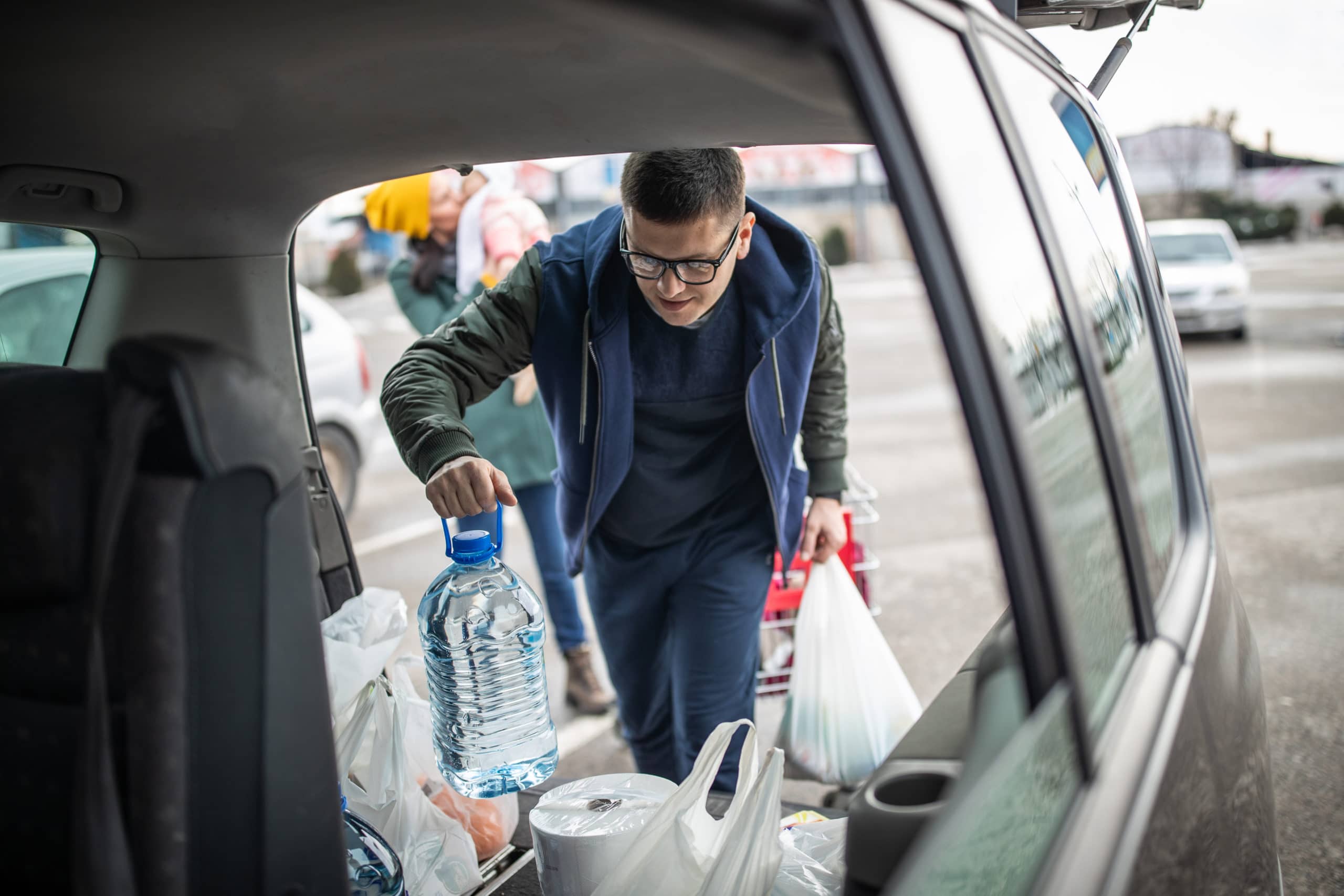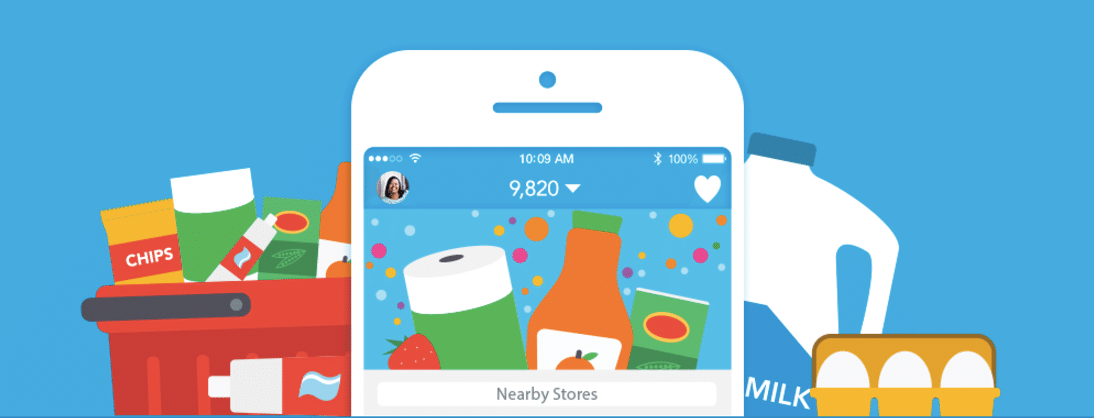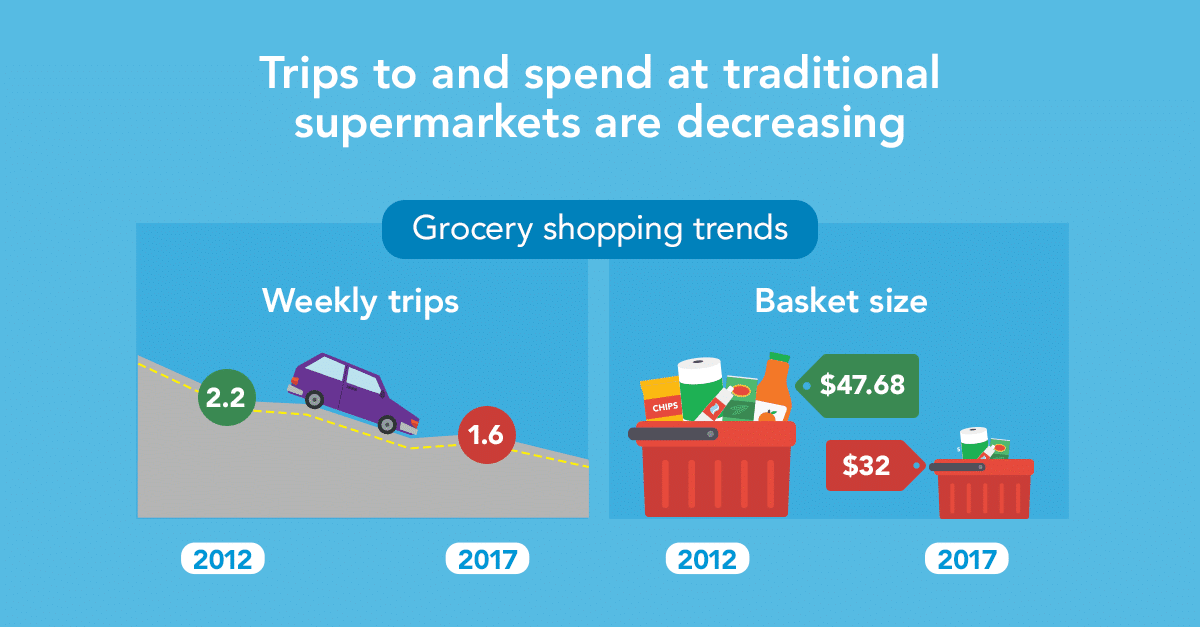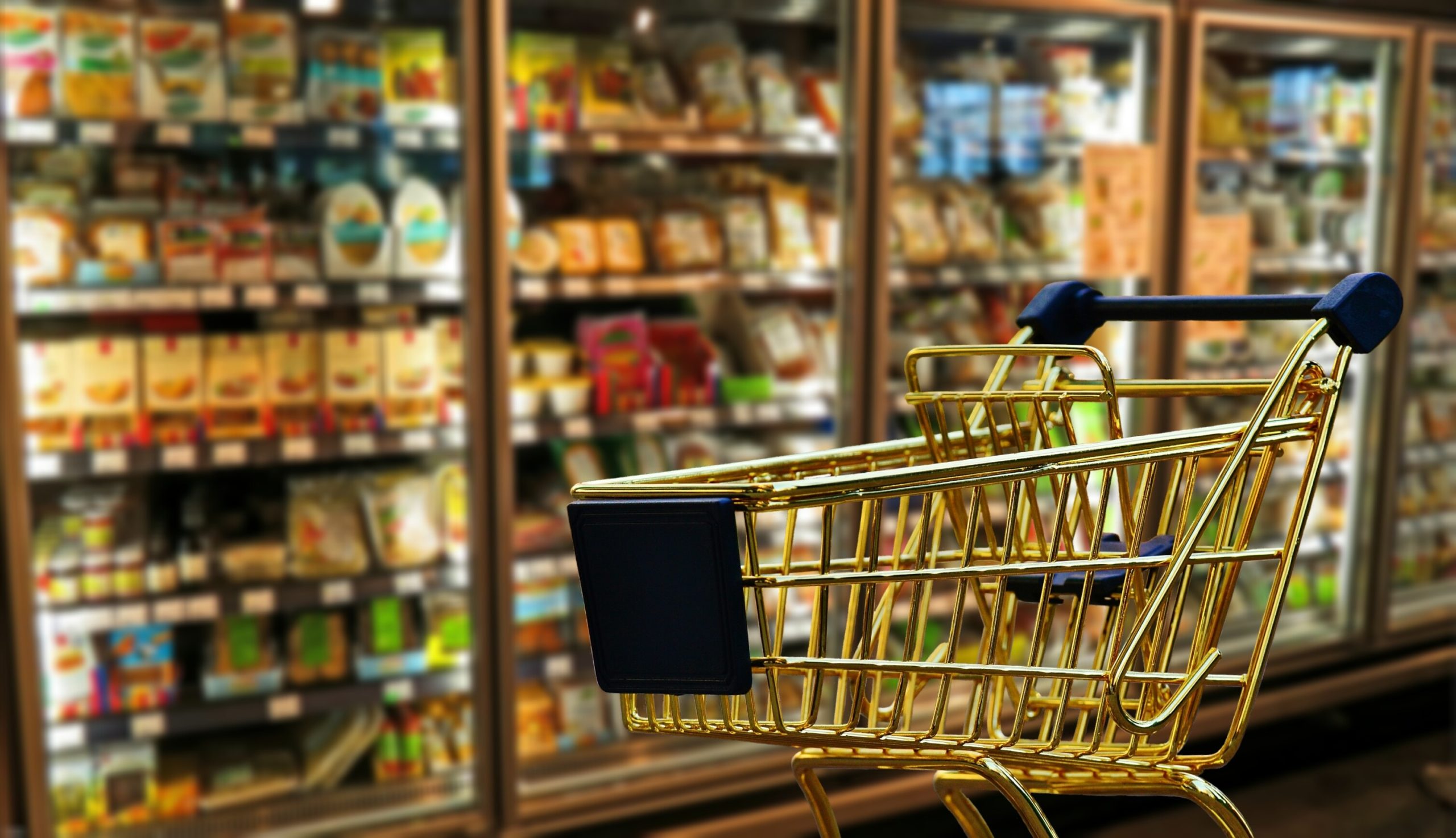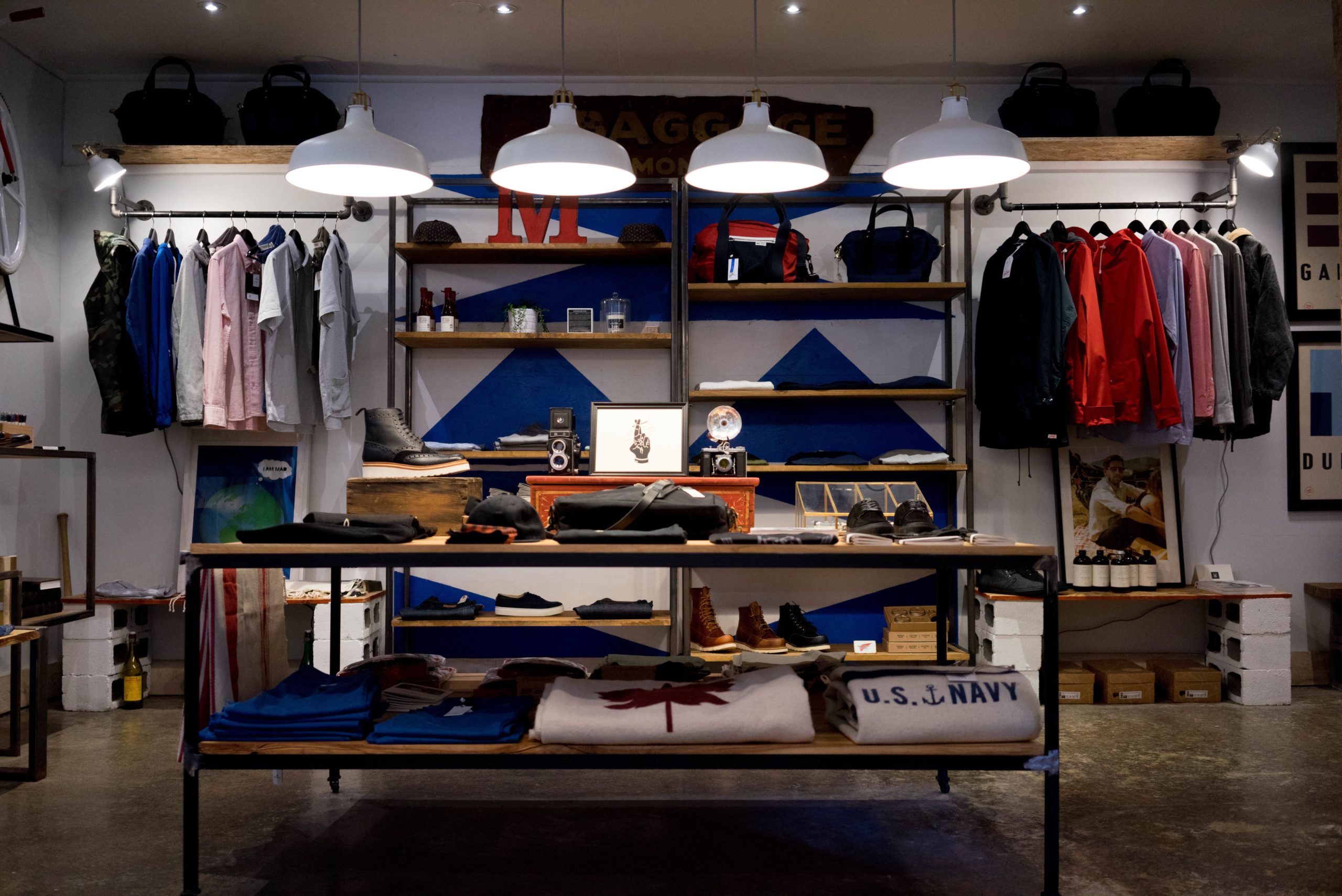Do you shop for your groceries online? I have been opting to skip shopping in stores over the past few weeks as a way to keep myself, my family, and my fellow shoppers safe. However, I have to admit shopping for groceries online is not an entirely new practice for me. One of the top ways to experience a sudden increase in your grocery bill is by adding additional items to your cart while you’re roaming the aisles, and I’ve found shopping online is a great way to curb that habit. Below, I’m sharing details about how to best utilize online grocery shopping, including explaining why we think it’s best to do curbside pickup rather than at-home delivery.
5. Lookout for Hidden Fees or Service Charges:
Many online grocery delivery services offer you the perceived value of ultimate convenience; however, this convenience usually comes in the form of a fee or service charge. Looking for options that are a little less convenient (Store Pick Up, Curbside & Click and Collect) could be a better option as most of these services are free to shoppers.
4. Plan Your Meals Ahead:
Traditional grocery shopping offers the opportunity for in-store surprise and delight via end caps and displays. In the online grocery environment, shoppers can plan out cost effective meal solutions via recipe websites or influencer blogs to find cost-saving tips paired with inspiration.
3. Identify Promotions:
Many retailers are adapting their models to extend savings to their shoppers via Online Grocery (especially the pickup version). Pairing those with rewards and savings can be a winning combination. Some retailers that run specific pricing promotions have reduced these during this time of Covid-19 due to excessive demand; however, retailers such as Walmart who maintain an EveryDay Low Price model have been winning the value equation over the past several months.
2. What about Leftovers:
Shoppers right now have the opportunity to make an online grocery order be more efficient and save money by thinking through what is the follow up leftover meal that follows the previous day’s recipe. There are countless websites that can provide this leftover strategy as you are thinking about eliminating food waste during this time and helping your dollar go farther.
1. Pickup is the Key:
I don’t want to belabor the point, but the best way to drive savings and avoid pesky upcharges is to make the effort to go to curbside pickup at your participating grocery location. Almost all grocery retailers are extending pricing and discounts for at-store pickup orders. This gives you full confidence you are maximizing the convenience factor while avoiding delivery fees and up-charges.
How have you been saving money on your weekly grocery budget? Join the conversation with fellow Shopkickers on Facebook!

